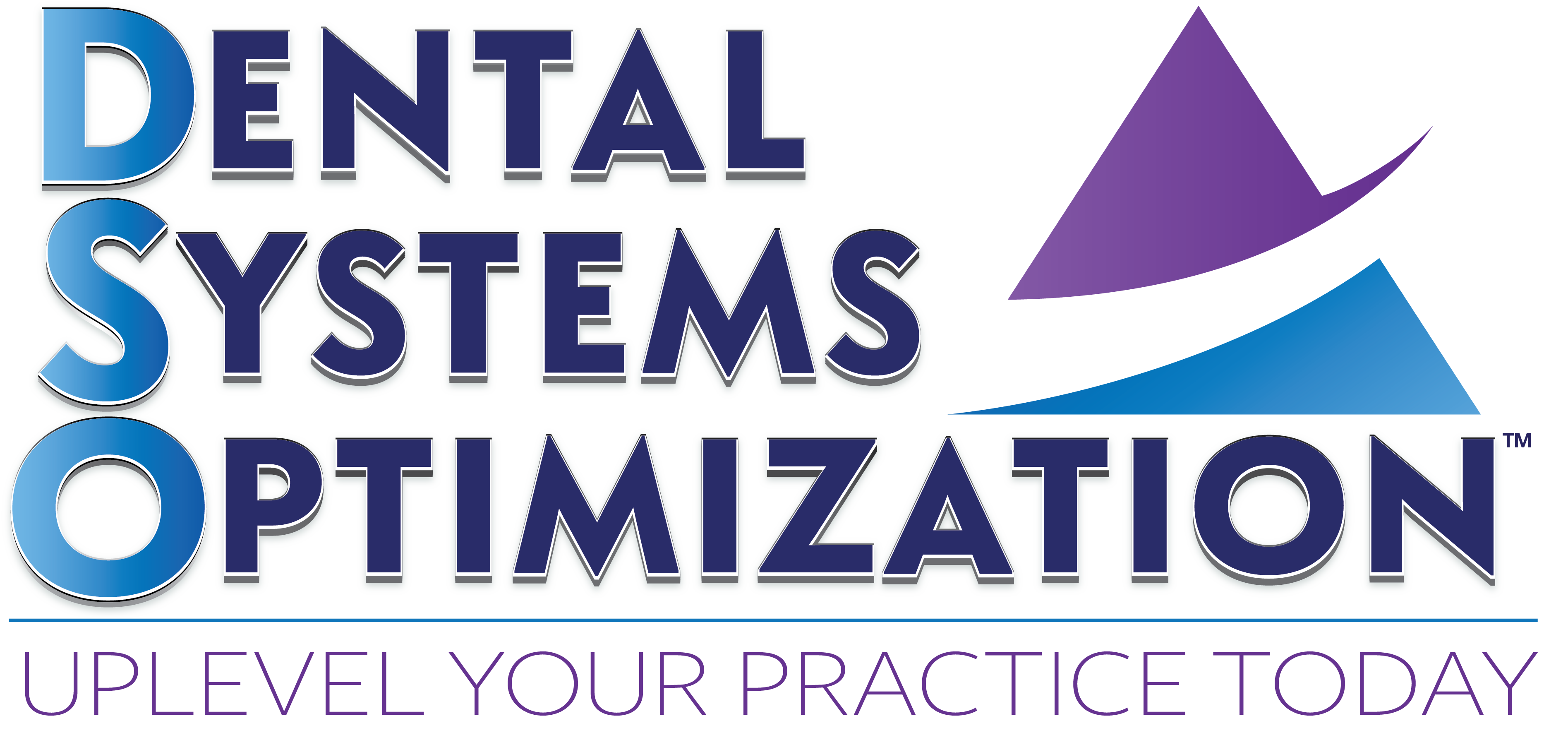COVID’s been difficult for all of us, but the pandemic has presented some especially interesting challenges for both the business and science of dentistry. While COVID is a respiratory illness, it has significant implications for oral health and thus places dentists in an interesting and demanding role in helping to control the spread of the illness. The mechanics of this go beyond the already thorough approaches dental offices are taking to sanitation, social distancing, and staff safety. While the matter is detailed and the situation is evolving, here is a summary of some of the roles dentists and oral health professionals play at this time.
The role that IL-6 levels play in the diagnosis and prognosis of COVID patients is especially interesting. There is some preliminary evidence that IL-6 levels can be used as an inflammatory marker, and that those levels may give some indication as to what the patient’s outcome will eventually be. In particular, high IL-6 levels may be a sign that the patient will be prone to pulmonary complications as the disease progresses. While one should note that anti-IL-6 receptor monoclonal antibodies (sarilumab, tocilizumab, and the like) or anti-IL-6 monoclonal antibody (siltuximab) are not recommended COVID treatments at this time, IL-6 control still plays an important role in combating the disease. The implication for dentists comes in the relationship between IL-6 levels and periodontal disease. There is an established correlation between periodontitis, inflammation, and IL-6 levels because periodontitis has been shown to increase cytokine levels both locally and systemically. In addition, there’s an established and research-proven link between periodontitis and an increased risk for respiratory conditions, such as chronic obstructive pulmonary disease (COPD), pneumonia, and lung function. Thus it is biologically and medically plausible that periodontal disease may lead to an increased risk of pulmonary complications in COVID patients, including the need for artificial respiration. There are a number of potential mechanisms that may be behind this association, systemic inflammation, bacterial load, gut dysbiosis, and endothelial function among them. Genetic variation among patients may also play a role, although any understanding of that is in its early infancy.
With that in mind, what is the role of the dentist or oral health professional in ensuring patient health during COVID? Studies of pneumonia patients have shown that good oral health, in particular the control of dental plaque, resulting in lower mortality rates. While this is not a perfect comparison, it again suggests that respiratory illness and oral health interact on several levels. The role of the dentist then is to promote screening, plaque control, and periodontal treatment among all patients. These steps may improve patient outcomes if the patient contracts and increase overall patient well-being during the pandemic. The current lack of studies on the exact relation between oral health, plaque control, and COVID does not diminish the role dentists play and should not downplay it. Oral health and oral hygiene are powerful tools in overall health and have taken on new importance as the pandemic continues.

